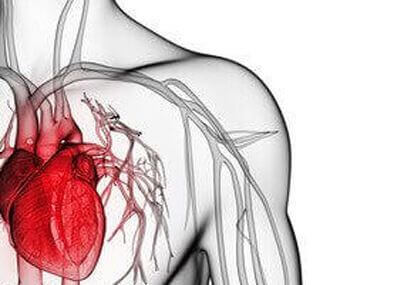Patients with rheumatic aortic stenosis have been systematically excluded from all studies on transcatheter aortic valve replacement (TAVR).

This study compared TAVR vs surgical aortic valve replacement (SAVR) outcomes in patients with rheumatic aortic stenosis and also vs TAVR outcomes in patients with degenerative aortic stenosis.
The study looked at rheumatic aortic stenosis patients receiving TAVR and SAVR between 2015 and 2017.
After adjusting variables and confounders with propensity score, the final cohort included 1159 patients with rheumatic stenosis (554 SAVR and y 605 TAVR) and 88554 patients with degenerative stenosis undergoing TAVR. Study end point was all cause mortality, and secondary end points were multiple.
Surgical patients were often younger, had lower surgical risk, fewer comorbidities and were stronger.
After over 18 months, mortality resulted similar between patients with rheumatic stenosis undergoing SAVR vs. TAVR (11.2% vs 7%; p=0.2).
Read also: Watch again our Webinar on Lower Limb Angioplasty: LATAM Peripheral Registry.
Neither were there differences in mortality when comparing rheumatic stenosis vs. degenerative stenosis undergoing TAVR in the same period.
Conclusion
Transcatheter aortic valve replacement is a viable and durable alternative to SAVR in patients with rheumatic aortic stenosis.
Original Title: Transcatheter Versus Surgical Aortic Valve Replacement in Patients With Rheumatic Aortic Stenosis.
Reference: Amgad Mentias et al. J Am Coll Cardiol. 2021 Apr 13;77(14):1703-1713. doi: 10.1016/j.jacc.2021.02.032.
Subscribe to our weekly newsletter
Get the latest scientific articles on interventional cardiology





